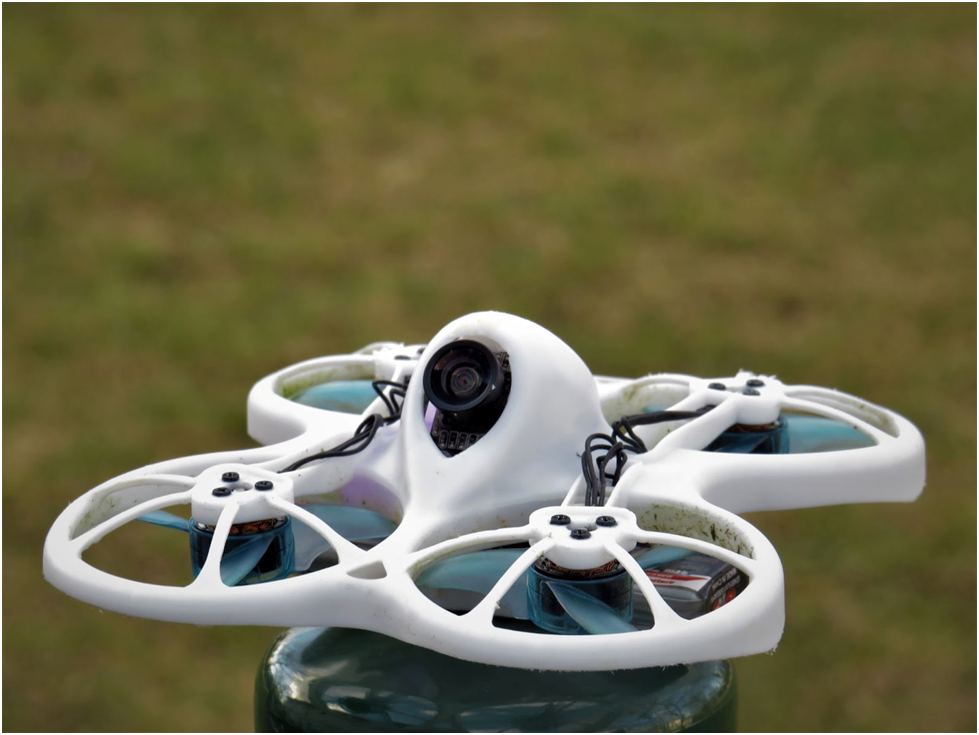Harnessing Hydrogen: The Future of Clean Energy in Drone Technology
By Damon Johnson, Founder of Raising Drones
When you think about drones, chances are you imagine them zooming through the skies, capturing stunning aerial views, or scouting out hard-to-reach areas for a search-and-rescue mission. But what if drones could not only do all that but also help propel us toward a cleaner, more sustainable future? Enter hydrogen-powered drones—a technology that's not only revolutionizing the way drones are powered but also pushing the boundaries of environmental responsibility.
Hydrogen fuel cells have been around for years, used primarily in large-scale energy applications. However, in recent years, they've started gaining traction in drone technology, and the implications are immense. Let’s break it down.
What Makes Hydrogen Fuel Cells Special?
Hydrogen fuel cells work by combining hydrogen and oxygen to create electricity, with only water vapor as a byproduct. This makes them far cleaner than conventional lithium-ion batteries. Hydrogen-powered drones can stay in the air longer without needing to recharge, which is perfect for industries that need drones to cover large areas for extended periods, like agriculture, infrastructure inspection, or even emergency response.
Benefits for the Environment
One of the best things about hydrogen-powered drones is their environmental impact—or lack of it. Unlike traditional drones, which use batteries that can be harmful to the environment, hydrogen drones emit nothing but water vapor. So, by switching to hydrogen, we’re not just improving drone technology; we’re also reducing our carbon footprint. This makes hydrogen drones a much greener choice.
More Flight Time, Less Worry
One of the biggest limitations of regular drones is how long they can stay in the air. With hydrogen fuel cells, drones can fly much longer than they would with a regular battery. This opens up new opportunities for commercial drone users who need to do jobs over large areas without worrying about battery life.
Imagine a drone flying over a large farm to monitor crops or traveling across a big city to take aerial photos. With hydrogen power, these drones can keep going for hours, making them much more reliable for long-distance work.
Who’s Leading the Way?
Several companies are already working on hydrogen-powered drones. H2FLY, for instance, is designing fuel cell systems that could make drones last longer and fly further. Others are following suit, and as technology improves, we can expect to see more drones powered by hydrogen.
These advancements also come with the promise of cleaner air. If hydrogen technology can be scaled up for aviation, drones could play a big role in reducing emissions in the skies.
Overcoming Challenges
While hydrogen drones are promising, there are still some hurdles to overcome. Storing hydrogen in a way that’s safe and compact enough for drones is tricky. Plus, hydrogen fueling stations aren’t as widespread as places to charge traditional drones. But with more companies and governments investing in clean energy, these challenges will likely be solved.
The Future of Drone Tech
Hydrogen-powered drones are an exciting development in the drone industry. They offer a cleaner, longer-lasting alternative to traditional drones, which could have a big impact on industries like agriculture, delivery, and emergency response. At Raising Drones, we're keeping an eye on this technology and how it could change the game for drone users everywhere.
Stay tuned as we continue to follow these developments, and remember, if you’re looking to take your drone knowledge to new heights, Raising Drones is here to guide you every step of the way.
For more on the role of hydrogen in drone technology, check out these resources:

